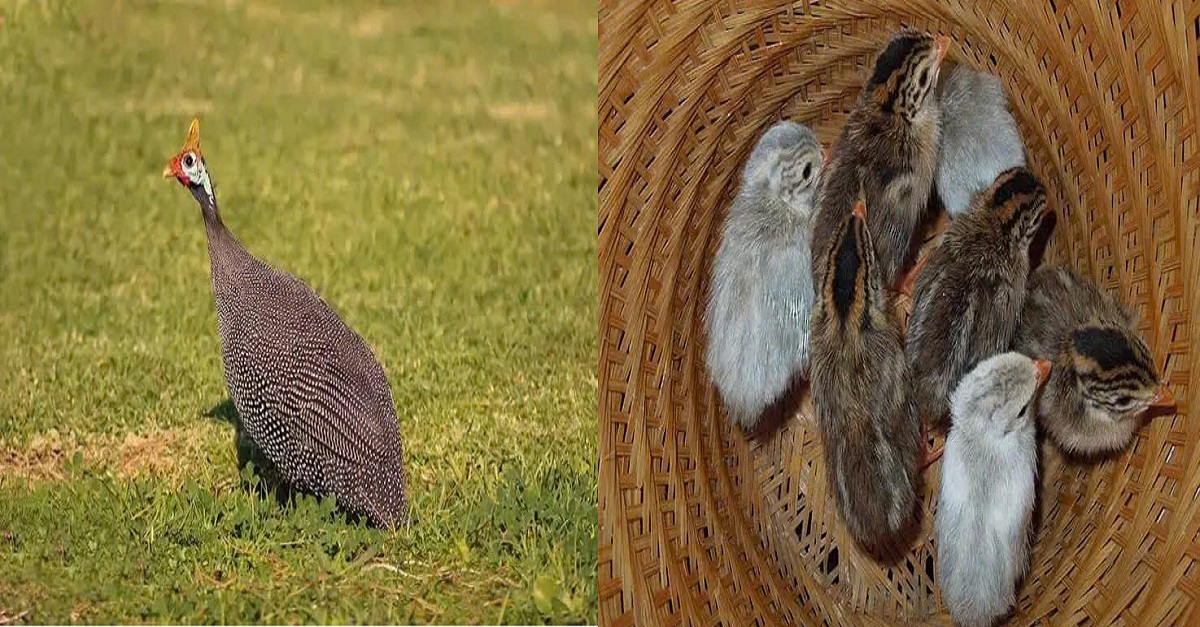Nestled amidst the majestic landscapes, a remarkable sight awaits those who venture into the rugged terrains: houses perched precariously on sheer cliff walls. These awe-inspiring structures, known as vertical dwellings, defy gravity and capture the imagination of all who behold them. In this article, we will delve into the fascinating world of these unique architectural marvels.

The concept of building houses on cliff walls dates back centuries and can be found in various cultures around the world. In regions with rugged terrains like the Himalayas, the Andes, and the Mediterranean, cliffside dwellings were born out of necessity, providing safety from external threats and utilizing the limited available land. These vertical houses often hold great cultural significance, representing the resilience and adaptability of the communities that call them home.

Constructing houses on cliff walls requires meticulous planning and innovative engineering techniques. Engineers and architects employ a range of methods to ensure the stability and safety of these structures. Steel or reinforced concrete anchors are drilled deep into the rock to secure the buildings, while retaining walls and supports help distribute the weight evenly. Special attention is given to the materials used, taking into account durability and resistance to weathering.

The design of vertical dwellings is tailored to the specific location and challenges posed by the cliffside setting. These houses often feature narrow footprints and multi-story layouts, allowing them to maximize space vertically. Balconies and terraces offer breathtaking views, while large windows harness natural light and provide a connection to the surrounding landscape. The interiors are designed to optimize functionality, with compact yet efficient living spaces.

Cliffside communities have adapted to their unique living conditions by developing self-sustaining systems. Rainwater harvesting, solar panels, and terraced gardens are common features, enabling residents to reduce their reliance on external resources. These sustainable practices not only preserve the natural environment but also contribute to the resilience and long-term viability of these communities.

The extraordinary beauty and cultural significance of cliffside houses have attracted tourists from around the world. Local governments and organizations recognize the importance of preserving these architectural wonders and their surrounding landscapes. Efforts are being made to balance tourism and conservation, ensuring that these communities can continue to thrive while safeguarding their heritage.

The houses clinging to cliff walls symbolize human ingenuity and the ability to adapt to challenging environments. These vertical dwellings not only captivate with their remarkable engineering and unique designs but also serve as a testament to the resourcefulness and cultural identity of the communities that inhabit them. As we marvel at their beauty, let us appreciate the delicate balance between preservation and progress, ensuring that these extraordinary structures continue to inspire future generations.
















